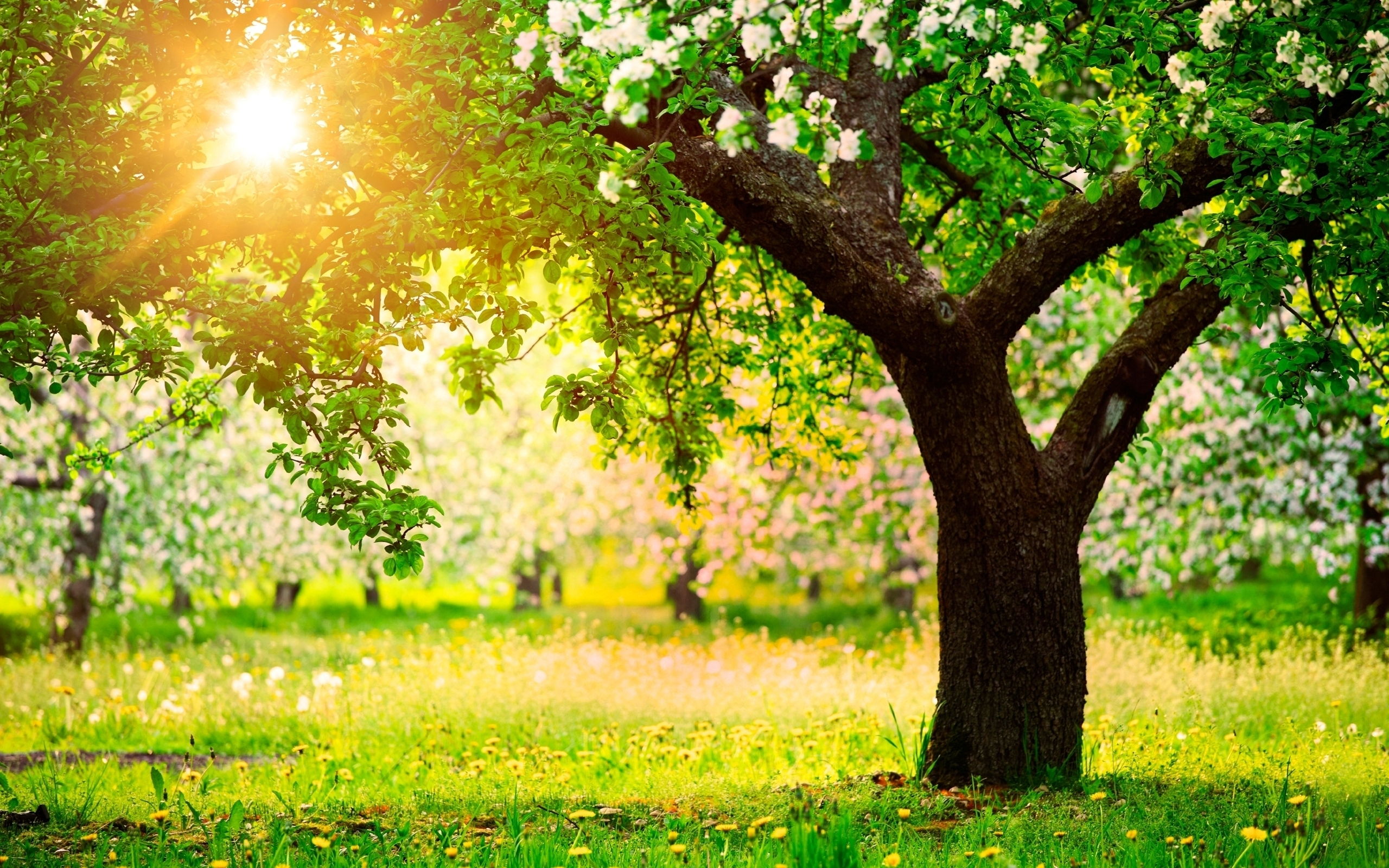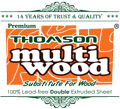deforestation
environment
environment-friendly
global warming
Multiwood
Multiwood Promos
PAPER
pine trees
Save Trees
trees
vegetarian
Water conservation
News

Why save trees?

Jul 19, 2014
Trees clean the air. Tree foliage works as a natural air filter of particulate matter such as dust, micro sized metals and pollutants such as ozone, nitrogen oxides, ammonia and sulfur dioxides. Trees take in carbon dioxide and produce oxygen. Combined with the cooling effect of trees, these processes can have a significant impact on reducing smog and overall air pollution.
Trees improve water quality. A healthy urban forest can have a strong influence on our region’s water quality. Tree canopies and root systems slow and reduce storm water runoff, flooding and erosion. Trees also help filter water runoff reducing potential sources of water pollution into our rivers and storm drains.
Trees save energy. Trees cool the air naturally in two ways: through water evaporating from the leaves and direct shade. Homes shaded by trees need less energy for cooling which means lower monthly utility bills in summer and a reduced need for utilities to increase power generation to meet peak load demand.
Trees raise real estate value. Shaded neighborhoods and well-landscaped yards have a positive economic influence on real estate values, timeliness of house sales and neighborhood desirability. Studies report that landscaping speeds the sale of a home by four to six weeks
Trees are good for business. A series of studies has investigated associations between the urban forest and people’s response to shopping settings. Scientific results suggest that having trees in the business district streetscape is an important investment for a business community. The presence of a quality urban forest positively influences shoppers’ perceptions, and probably, their behavior.
Trees help stop inner city violence. A scientific study by the Human-Environment Research Lab has demonstrated that contact with nature may actually help reduce the incidence of aggression and violence in inner-city neighborhoods. According to this study, levels of aggression were significantly lower among people who had some kind of nature outside of their apartments versus those who didn’t. The impact of the physical environment on human aggression has been well-established – crowding, high temperatures, and noise have all been linked to violent behavior. Some scientists believe that it’s because people living under these conditions suffer from something called chronic mental fatigue, which can make them inattentive, irritable, and impulsive – all of which can be linked to aggressive behavior. Exposure to green spaces, it has been shown, can mitigate the harmful effects of chronic mental fatigue, reducing aggressive behavior in the process.
What is “the urban forest”?

Trees that grow in cities and towns are called “the urban forest”. Trees are major capital assets in cities across the United States. Just as streets, sidewalks, public buildings and recreational facilities are a part of a community’s infrastructure, so are publicly owned trees. Trees — and, collectively, the urban forest — are important assets that require care and maintenance the same as other public property. Trees are on the job 24 hours every day working for all of us to improve our environment and quality of life. Life is hard for these trees because of limited space, water, nutrients and extensive pavement covering the soil all around them. Many trees get cut down because their roots crack the pavement as they seek water and nutrients. The urban forest (and its many benefits) will disappear unless people stand up for these trees and work to plant, maintain and steward them. Conscious urban forestry needs to become integrated into the agenda of all city governments and city planners. What is the value of a tree?
A tree can return up to $2.70 for each $1 on community investment…that’s a 270% return (based on a 40 year average life span according to Center for Urban Forest Research, Pacific Southwest Research Station, U.S. Forest Service, Davis, CA)
Four trees planted around a home can save up to 30% on summer cooling costs.
One million trees save $10 million a year in energy costs.
Forty trees remove 80 pounds of air pollutants annually.
Four million trees can save $20 million in air pollution clean up.
Four hundred trees capture 140,000 gallons of rainwater annually.
Four million trees save $14 million dollars in annual storm water runoff costs.
Trees in commercial parking lots induce shoppers to spend 11% more for goods and services.
Shade from trees could save up to $175 per year (per structure) in air conditioning costs. -Dr. Lowell Ponte Trees can boost the market value of your home by an average of 6 or 7 percent. -Dr. Lowell Ponte Healthy, mature trees add an average of 10 percent to a property’s value. -USDA Forest Service Landscaping, especially with trees, can increase property values as much as 20 percent. -Management Information Services/ICMA The net cooling effect of a young, healthy tree is equivalent to ten room-size air conditioners operating 20 hours a day. -U.S. Department of Agriculture Nationally, the 60 million street trees have an average value of $525 per tree. -Management Information Services A tree, over a 50-year period, will generate $31,250 worth of oxygen, provide $62,000 worth of air pollution control, and recycle $37,500 worth of water.
Case studies on trees and the bottom line

The primary purpose of a study “Quantifying Benefits and Costs of Santa Monica’s Urban Forest” was to find out if the accrued benefits from Santa Monica’s urban forest justify an annual municipal budget that exceeds $1.5 million. Results indicate that the benefits residents obtain from Santa Monica’s urban forest exceed management costs by nearly $1 million. Santa Monica has invested millions of dollars in its municipal forest, and citizens are now receiving a relatively large return on that investment, such as increased property values, enhanced scenic beauty, air pollutant uptake, cooling and heating savings, lower summertime temperatures, and reduced stormwater retention.
A study of urban forests in Modesto, CA shows that for each $1 invested in urban forest management, $1.89 in benefits is returned to residents. City trees actually remove 154 tons of air pollutants, increase property values by over $1.5 million, and provide shade that saves over $1 million. This information convinced city officials to increase the tree budget and an electric utility company to invest $20,000 in developing the Modesto Tree Foundation.





 Chat Now
Chat Now